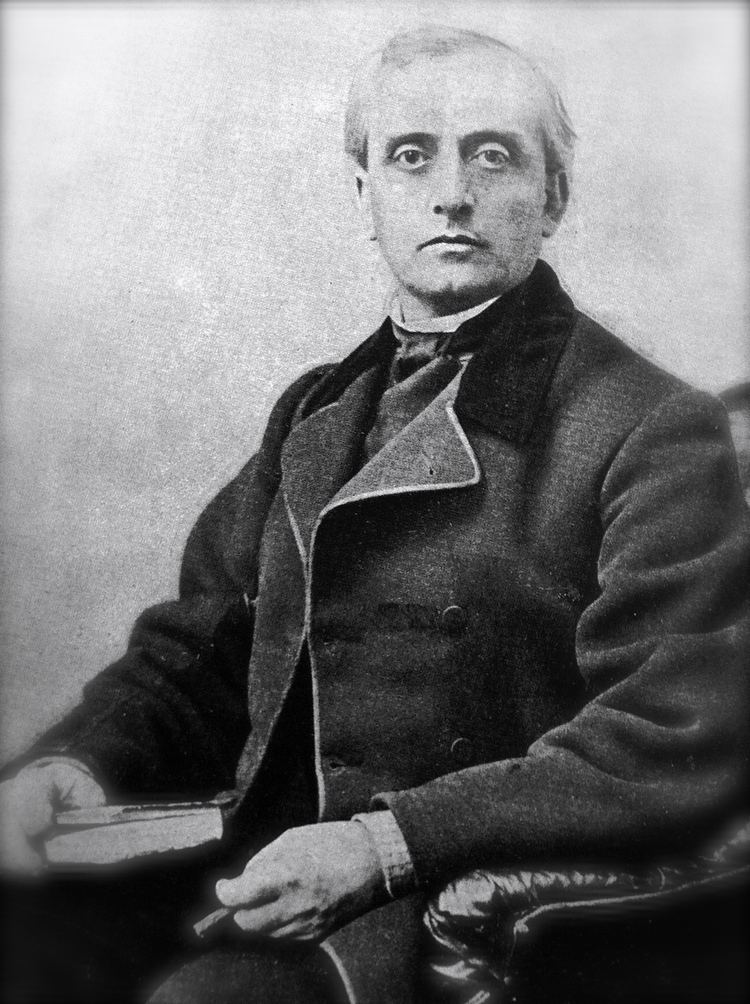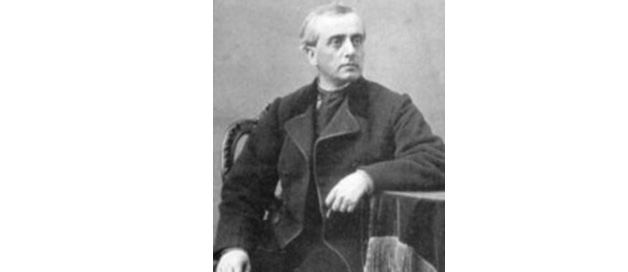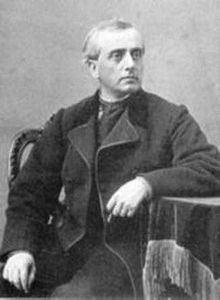Name Giuseppe Fiorelli | ||
 | ||
Died January 28, 1896, Naples, Italy | ||
√ Archaeologist Giuseppi Fiorelli | Ancient History
Giuseppe Fiorelli (8 June 1823 – 28 January 1896) was an Italian archaeologist. His excavations at Pompeii helped preserve the city.
Contents

Biography

Fiorelli was born on 8 June 1823 in Naples. His initial work at Pompeii was completed in 1848. He was then imprisoned for some time because his radical approach to archaeology and strong nationalist feelings landed him in trouble with the king of Naples, Ferdinand II. During his time as a political prisoner, he produced a three volume work entitled History of Pompeian Antiques (1860–64). Years later, as a professor of archaeology at Naples University and director of excavations (1860–75), he established the meticulous method of studying archaeological sites layer by layer. He founded a training school where foreigners as well as Italians could learn archaeological technique and made a particular study of the materials and building methods used in Pompeii. Fiorelli also hit upon the innovation of pumping plaster into the cavities left by the victims' bodies in the hardened lava, thereby producing casts of the corpses' clothing and features. Fiorelli was also director of the Naples National Archaeological Museum from 1863 and director general of Italian Antiquities and Fine Arts from 1875 until his death in 1896. Giuseppe Fiorelli directed the Pompeii excavation from 1863 to 1875 — introducing an entirely new system for the project. Instead of uncovering the streets first, in order to excavate the houses from the ground floor up, he imposed a system of uncovering the houses from the top down — a better way of preserving everything that was discovered.

In this way the data collected during the excavations could be used to help with the restoration of the ancient buildings and of their interiors — although the most important wall paintings and mosaics still continued to be stripped and transported to Naples.

'Fiorelli ... developed the use of plaster casts to recreate the forms of plants and human bodies.' Fiorelli is most famous for his plaster casts, produced by a process named after him: the Fiorelli process. He realised that where a corpse had been buried in ash, it had rotted over time and a cavity remained. Whenever an excavator discovered a cavity, plaster of Paris was poured in and left to harden. The ash around the plaster was then carefully removed, so that a plaster replica of a person at the moment of their death remained. This process gave information about how people had died in the eruption, what they were doing in their final moments and what sort of clothing they wore.
Fiorelli also took the topography of the town and divided it into a system of 'regiones', 'insulae' and 'domus' and he developed the use of plaster casts to recreate the forms of plants and human bodies that had been covered by the volcanic ash, and had then left a hole — shaped in the form of the plant or person — in that ash after putrefaction.
Fiorelli died on 28 January 1896 in Naples; the cause of death was not determined.
Michele Ruggiero, Giulio De Petra, Ettore Pais and Antonio Sogliano, continued Fiorelli's work in the following years, and during the last 20 years of the century began to restore the roofs of the houses with wood and tiles — in order to protect the remaining wall paintings and mosaics inside.
During these years many famous scholars came to study the remains of Pompeii, and one of them, August Mau, in 1882, created a system for categorizing the Pompeian pictures into a range of decorative styles. His work still provides the standard framework for the study of these ancient Roman paintings.
Vittorio Spinazzola, starting from around 1910, uncovered the Casa di Loreio Tiburtino, the Casa dell'Efebo, the Casa di Trebio Valente and Via dell'Abbondanza, which goes from west to east all along the length of the town.
He reconstructed the façades of the houses along this street with their balconies, upper floors and roofs, using a meticulous excavation technique. In doing so he demonstrated how it was possible both to understand the dynamics of how the buildings had been buried in the first place, and also what the original structure of the houses had been — thus making it possible to restore them accurately.
